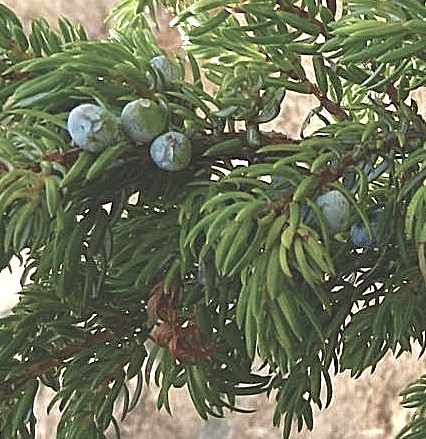
News/Reports
Chasm Ecological Reserve Overview: Biological and Physical
ORIGINAL PURPOSE
To protect a northern stand of ponderosa pine for research
Physical: The reserve lies at the southern edge of the Fraser Plateau. The region is underlain by flat or gently dipping basaltic flows, characterized by steep escarpments along rivers and creeks (e.g. Chasm Creek) and almost horizontal upper surfaces. The reserve is entirely on one of these flat surfaces, capped with glacial drift. Minor relief features include drumlin-like ridges caused by movement of Pleistocene ice. The climate is cool and dry.
See the full PDF of this report: chasm_overview
Biological: The reserve is entirely forested. The most extensive forest community is the Douglas-fir-lodgepole pine-kinnikinnick-pinegrass type. There has been some selective logging here, and regenerating trees include trembling aspen, lodgepole pine, and Douglas-fir. Saskatoon, soopolallie, and prickly rose are common shrubs, while ground cover includes timber milk-vetch, wild strawberry, northern bedstraw, Indian paintbrush, rosy pussytoes, Holboell’s rockcress, cut- leaved anemone, and various mosses and lichens. A community of more restricted extent, confined to the southern extremity of the reserve, is the ponderosa pine-needle and thread grass-bluebunch wheatgrass type, found here at or near its northern limit in the province. Characteristic understory plants include rosy pussytoes, worm-leaved stonecrop, timber milk-vetch, northern and dryland goldenrod, pine-grass, junegrass, kinnikinnick, common juniper, and northern bedstraw.
The fauna has not been surveyed, but a diversity of dry forest species is expected to occur.
Climate Change:
The interior of BC has been projected to be subject to severe summer drought and extended fire seasons. The combination of fuel build up due to insect infestation, disease, drought and fire suppression increases the probability of frequent and widespread wildfire in the future. Such disruption of natural disturbance regimes will alter the composition of the community.
Flora
anemone, cut-leaved (Anemone multifida var. multifida) aspen, trembling (Populus tremuloides)
bedstraw, northern (Galium boreale)
Douglas-fir (Pseudotsuga menziesii)
goldenrod, dryland (Solidago spathulata)
goldenrod, northern (Solidago multiradiata)
grass, needle-and-thread (Hesperostipa comata)
junegrass (Koeleria macrantha)
juniper, common (Juniperus communis)
kinnikinnick (Arctostaphylos uva-ursi)
milk-vetch, timber (Astragalus miser)
paintbrush (Castilleja sp.)
pine, lodgepole (Pinus contorta var. latifolia)
pine, ponderosa (Pinus ponderosa)
pinegrass (Calamagrostis rubescens)
pussytoes, rosy (Antennaria rosea)
rockcress, Holboell’s (Arabis holboellii)
rose, prickly (Rosa acicularis spp. sayi)
Saskatoon (Amelanchier alnifolia)
sedge, dry-land (Carex xerantica)
soopolallie (Shepherdia canadensis)
stonecrop, worm-leaved (Sedum stenopetalum)
strawberry, wild (Fragaria virginiana)
wheatgrass, bluebunch (Pseudoroegneria spicata)
Fauna
Sandhill crane

